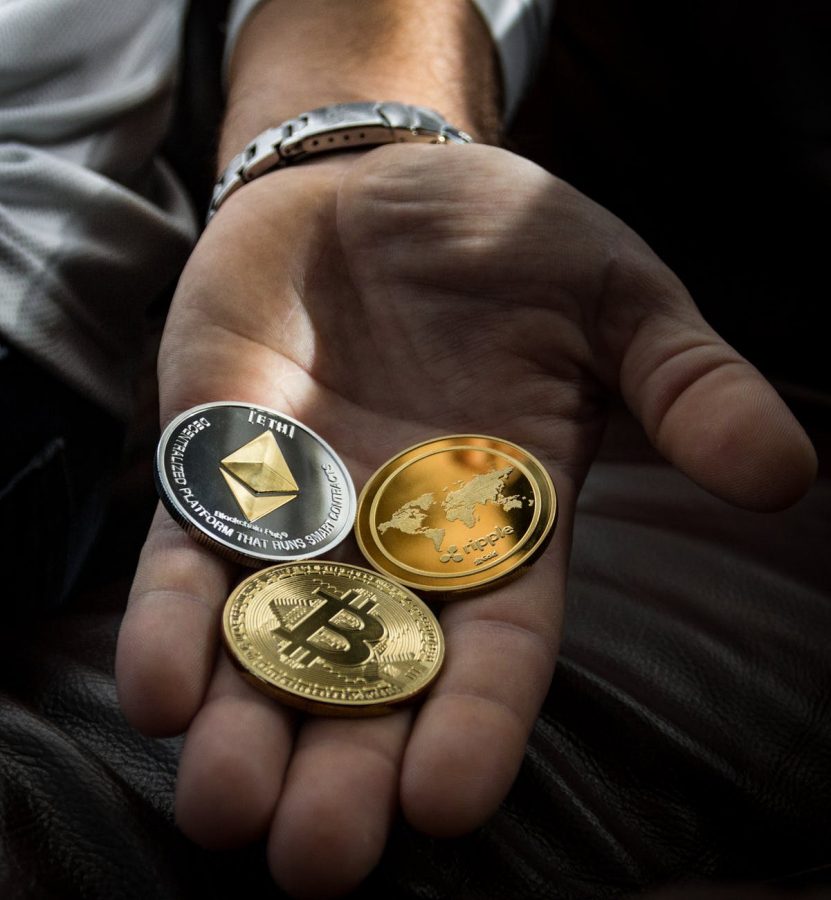Cryptocurrency 101
The future opportunities for cryptocurrencies are major, get involved as soon as possible.
With BTC (Bitcoin) reaching an all-time high of $47,000 USD and big-name investors such as Elon Musk buying $1.5 million worth of it, people have many questions. What is bitcoin? What is cryptocurrency? How do I invest in it? What is crypto mining?
Most investors consider Bitcoin to be the original cryptocurrency. It was founded in 2009 by a programmer or a group of programmers who go under the pseudonym, Satoshi Nakamoto. Bitcoin was special because it was the very first of a new age of blockchain technology and decentralized digital currency. As a financial-based blockchain, that means it is not governed by any central bank or monetary authority. It is rather maintained by a peer-to-peer community computer network made up of users’ machines or nodes
Cryptocurrency such as Bitcoin is secure as it has been digitally confirmed by a process called “mining.” Mining is a process where all the information entering the Bitcoin blockchain has been mathematically checked using a highly complex digital code set up on the network. That blockchain network will confirm and verify all new entries into the ledger, as well as any changes to it. In simpler terms, Bitcoin mining is the process of creating new Bitcoin by solving a computational puzzle. Bitcoin mining is necessary to maintain the ledger of transactions upon which Bitcoin is based. Miners have become very sophisticated over the last several years using complex machinery which consists of many GPUs or graphics cards to speed up the puzzle-solving and ultimately make mining for cryptocurrencies more efficient. Note that while it is fundamentally anonymous, the mathematics behind it makes it a global public transaction ledger, so every transaction can ultimately be traced through cryptography. (Cryptography or cryptology is the practice and study of techniques for secure communication in the presence of third parties called adversaries.)
Interested in crypto? Well, there are a few ways that you can get into it. The first way of doing this is by setting up a crypto wallet such as Coinbase or Bitcoin wallet, both available on IOS. From there, you are able to link a bank account and make purchases for many different types of currencies, and at any time people are able to withdraw the currency in the form of cash. The other way has a very big buy-in but can end up being very profitable over time, making investors thousands of dollars a year mining. The computers that are used to mine for currencies look very different from normal computers; they are way bigger, with anywhere from one to hundreds of graphics cards, and many fans taking up anywhere from a whole table to a whole room. The amount of money one can make minus the cost of electricity in Kilowatt-hours can be anywhere from $15 a day to hundreds or thousands of dollars a day.
Supporters of Bitcoin and other cryptocurrencies claim that these financial platforms are inherently trustless systems, that is they’re not directly tied to any nation-state, government, or body. They would argue that cryptocurrency is superior to traditional physical currencies because it is not dependent on, for instance, the U.S. federal government. Whether one thinks this is a good thing or a bad thing, it’s not entirely accurate. Cryptocurrency isn’t really trustless at all. It is still reliant on the underlying infrastructure powering cryptocurrencies like Bitcoin, much of which is located in China. The Chinese government could theoretically make changes to cryptocurrencies at a fundamental level by imposing its will on the data miners who keep them running. Cryptocurrency’s future outlook is still very much in question. Proponents see the limitless potential, while critics see nothing but risk. Personally, I think anyone interested in it should buy some now because it’s projected to keep growing and growing.

Henry Haft is a senior and third-year Statesman satire editor. When Haft is not grilling students in interviews, he enjoys sleeping, eating and occasionally...


